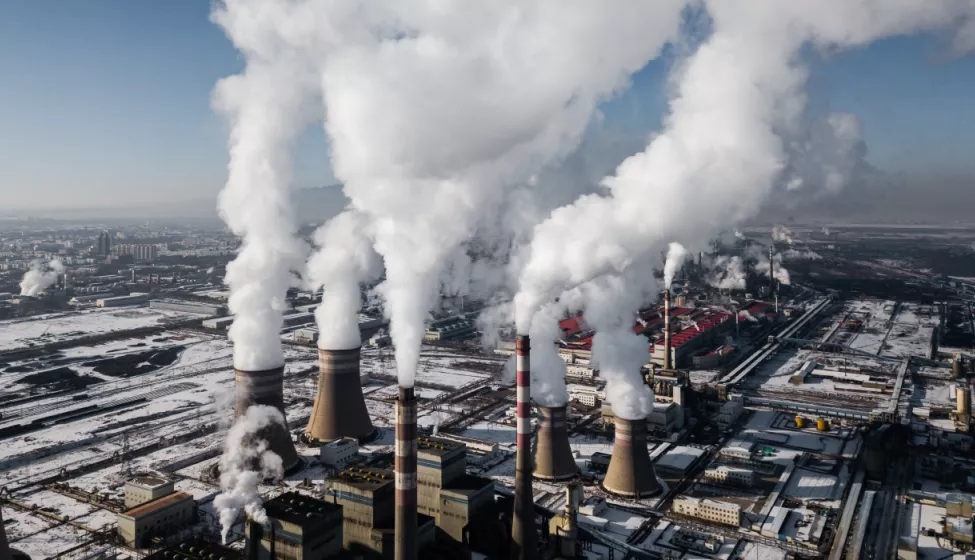April 8, 2021
Industrial facilities are increasingly adopting "destructive" air pollution control technologies, such as thermal oxidizers, to reduce pollution and increase sustainability.
Thermal oxidizers expose process streams to high temperatures to destroy substances, such as volatile organic compounds (VOCs), that may harm the environment. Thermal oxidizers can be important tools for helping facilities across industries reduce emissions and meet air quality guidelines; however, they are not without risk.
The pollution destruction process includes inherent hazards that, if mismanaged, can introduce plantwide process and safety risks as well as environmental liabilities. By recognizing and controlling the hazards associated with thermal oxidizers and other pollution control equipment, plant owners and operators can satisfy a facility's environmental requirements without compromising safety or performance.
Not Just an Add-on
The hazards posed by thermal oxidizers vary based on the type of thermal oxidizer installed, the process feeding it, and a variety of other factors. These factors include the potential flammability, reactivity, and variability of the substances being treated in the thermal oxidizer.
While facilities in traditional chemical process industries are generally accustomed to managing these hazards, a new and diverse group of industries are increasingly adopting thermal oxidizers and related air pollution control equipment. These facilities may experience challenges simultaneously satisfying pollution control requirements and managing the risks associated with destructive technologies.
Because thermal oxidizers are often designed to treat plantwide exhaust streams, improper management can lead to plantwide safety incidents and significant process upsets. If these incidents involve fires or explosions, the impact on operations and employee safety can be catastrophic.
Process and system integration can help facilities manage hazards associated with thermal oxidizers and other destructive pollution control technologies. It may be tempting to treat a thermal oxidizer as a "black box" that can be tacked on to the end of a process to address a regulatory requirement or specific environmental concern. Plant owners and operators should instead consider a more wholistic view of the integration of environmental controls.
By understanding the details of how thermal oxidizers interact with other systems, facilities can help meet environmental obligations while maintaining safety and operational performance.
Customized Use Could Mean Customized Problems
It is also important for facilities to understand how changes to the thermal oxidizer equipment — or the processes that feed the equipment — can impact safe operation. Changes in the flammable concentration of the inlet gasses that enter the thermal oxidizer can be particularly problematic. These changes may occur because of modifications to operations, processes, air flows, or gas inputs.
Our team at Exponent investigated an industrial facility that had eliminated a flue gas recycle stream to increase throughput. That single process change enabled the flame to flash back through the ductwork, resulting in an explosion that destroyed the upstream equipment and injured its operator. By recognizing how changes in process conditions can affect other safety-critical items, industrial facilities can evaluate operational tradeoffs to help ensure process safety and continuity.
How Exponent Can Help
Exponent's multidisciplinary team of environmental engineers and thermal scientists has the expertise to help industrial facilities adopt destructive air pollution control technologies while still prioritizing safety and performance. Our expertise includes:
- Hazard identification and risk analysis
- Guidelines for successful thermal oxidizer operation
- Regulatory support
- Failure analysis
- Incident investigation
- Litigation support

